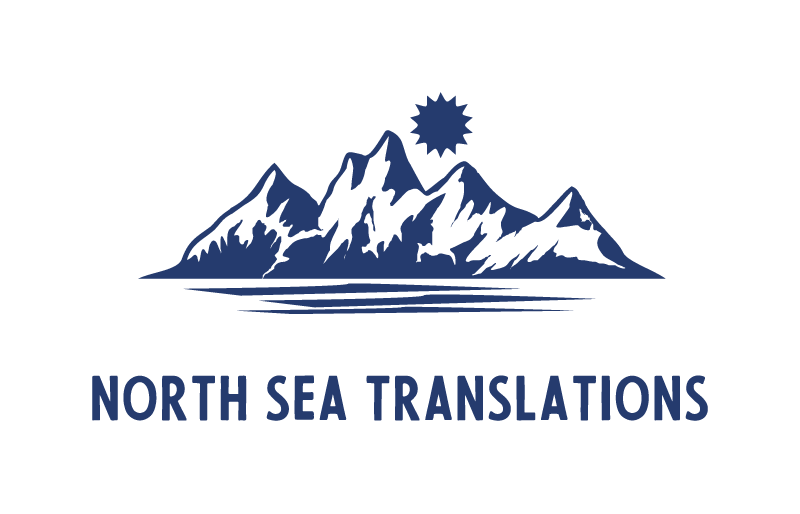Facts about the North Sea
The North Sea is a large body of water located in northwest Europe, bordered by the United Kingdom, Norway, Denmark, Germany, Belgium and the Netherlands. It is a significant and historically important region, known for its diverse marine life, strategic location and economic importance.
Here are some facts about the North Sea
- Geographic Location: The North Sea is an arm of the Atlantic Ocean, situated between the British Isles and mainland Europe.
- Size: It covers an area of approximately 570,000 square kilometers (220,000 square miles).
- Depth: The North Sea is relatively shallow, with an average depth of around 95 meters (312 feet). The maximum depth is approximately 700 meters (2,300 feet) in the Norwegian Trench.
- Tidal Range: The North Sea experiences significant tidal movements, with an average tidal range of 2 to 4 meters (6.5 to 13 feet). In some areas, tidal ranges can be much higher.
- Climate: The North Sea region has a temperate climate influenced by the North Atlantic Drift, which moderates temperatures and keeps the waters relatively mild compared to other areas at similar latitudes.
- Marine Life: The North Sea is rich in marine biodiversity, supporting a variety of fish species, including cod, herring, mackerel and plaice. It is also home to seals, dolphins and various seabirds.
- Oil and Gas Reserves: The North Sea is a significant source of oil and natural gas reserves. Since the 1960s, various countries have exploited these resources extensively, leading to the development of a thriving oil and gas industry in the region.
- Fishing: Fishing has been a traditional activity in the North Sea for centuries, providing livelihoods for coastal communities. Overfishing and environmental concerns have led to the implementation of fishing quotas and conservation measures.
- Shipping and Trade: The North Sea serves as a major shipping route, connecting Northern Europe to the Atlantic Ocean. Numerous ports along its coast facilitate international trade and commerce.
- Offshore Wind Farms: Due to its relatively shallow waters and strong winds, the North Sea has become a prime location for offshore wind farms. These wind farms contribute significantly to renewable energy production in the region.
- Coastal Erosion: Several areas along the North Sea coast are vulnerable to coastal erosion and flooding, leading to ongoing efforts to manage and protect these coastal regions.
- Cross-Border Cooperation: Given that the North Sea is bordered by multiple countries, there is a need for cross-border cooperation on various environmental, economic and maritime issues.
- Shipwrecks: The North Sea has been the site of numerous shipwrecks throughout history and many wrecks have become popular diving sites for enthusiasts interested in maritime archaeology.


